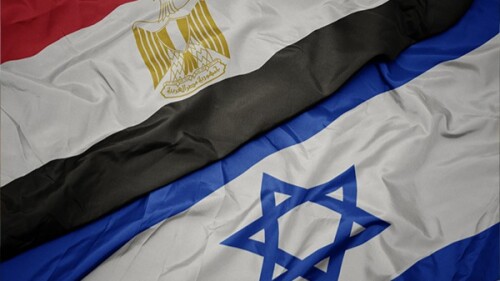The town of al-Zabadani, located in Damascus countryside on the border with Lebanon, came to prominence during the war in Syria because of the siege and assault campaign launched against it by the Assad regime and Hezbollah. The town eventually came back to regime control in 2017 and was one of the areas of concern regarding a supposed ‘demographic change’ scheme being engineered by Iran and Hezbollah in Syria.
However, the evidence for such plans with regards to al-Zabadani, based on my interactions with people from the town who were on both sides during this war, is very much lacking. It is certainly true that Hezbollah considered the town to be of military importance given its proximity to the border with Lebanon and likely used it as a base for weapons storage within the context of the broader function of Assad’s Syria as an artery of support for Hezbollah. However, that is not the same as demographic engineering.
The town of al-Zabadani was one of the areas of concern regarding a supposed ‘demographic change’ scheme being engineered by Iran and Hezbollah in Syria.
This interview on al-Zabadani since the fall of the Assad regime was conducted with Samir Darwish, who headed the al-Zabadani town council just before the Assad regime’s fall. He is still acting head of the council amid the transitional phase and is working with the new Syrian government. I should add that I had previously tried to interview Samir in October last year when the war between Israel and Hezbollah was raging and many fled from Lebanon to Syria, as I had been interested to know about how the Assad regime was trying to cope with the influx. Regrettably though, he was not able to obtain the necessary permits to do the interview. Now, however, things run more smoothly and freely in the post-Assad environment.
This interview was conducted on 11 January.
Q: What is the number of inhabitants in al-Zabadani currently and have many of the people returned to al-Zabadani since the regime’s fall?
A: The current number of inhabitants is around 25,000. Since the regime fell, around 400 families have returned (around 2000 people) and the return is continuing.
Q: It has been said for example that Hezbollah prevented many people from returning to al-Zabadani and settled Lebanese in al-Zabadani. Is this true?
A: Hezbollah was present in the town in a military sense and within an enclosure called the ‘security square.’ And all who had a link with the revolution could not return to the town for security reasons. Lebanese people did not settle in the town because any house you may want to settle in needs repair.
Q: Could you clarify? Hezbollah was the one who decided to permit any person to return or was it a joint decision between the regime and Hezbollah?
A: No there was no explicit ban decision but all who had any link with the revolution were afraid of returning because they would be subject to arrest and interrogation. As for the security square, entry into it was a joint decision between the regime and Hezbollah.
The most important challenges facing the town are firstly the refuge and residency sector for families continuously returning, as well as renovating houses.
Q: How are services like electricity and water in the town? For example for how many hours does the electricity come and where does the water come from?
A: The basic services in the town are weak because the infrastructure was destroyed during the war. Water is available within a network covering the town and it is 80% working. The electricity network covers around 30% and at a rate of three hours coverage per day. The landlines cover around 50% of the town.
Q: What are the most important challenges facing al-Zabadani in terms of services and the humanitarian situation?
A: The most important challenges facing the town are firstly the refuge and residency sector for families continuously returning, as well as renovating houses. Second, renovating schools; third, restoring agriculture to the town’s plain as it has been entirely cut down. The sector included around 4,000,000 trees. Fourth, supporting the town’s infrastructure.
Q: How are the prices of goods in the town? Are sanctions impacting the prices and have some of the prices changed since the regime fell?
A: The prices were elevated before the regime fell and now there is a decease in some of the prices.
Q: Finally what is your message to the international community? Do you call on people generally to visit al-Zabadani?
A: al-Zabadani is an international tourist town. I call on all the world to support the town so that it can recover its touristic brilliance.







